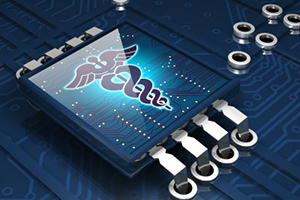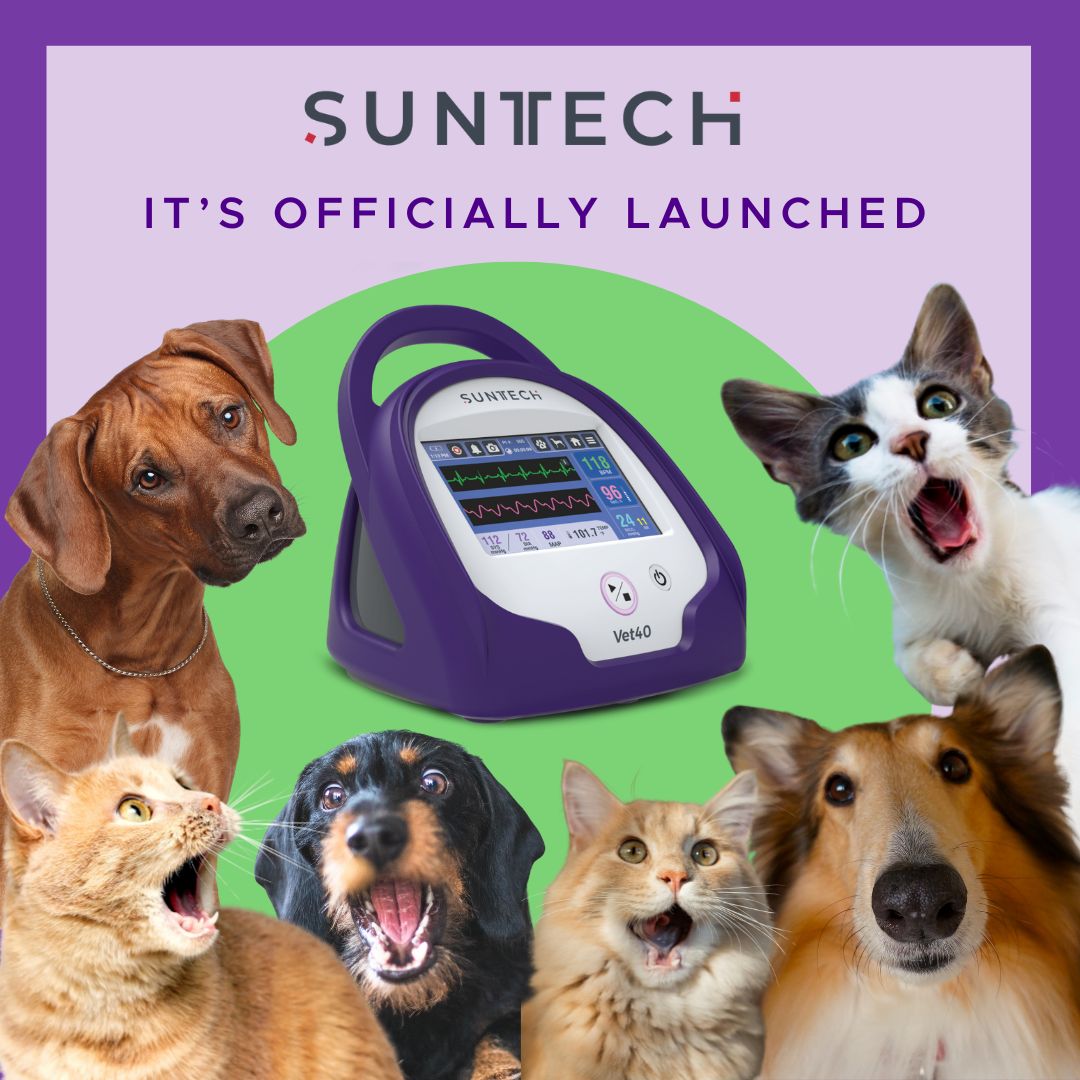![]()
Blog @ SunTech
Advice from the BP Measurement Experts
5 Observations about EMR Integration and Interoperability
 It’s no secret that information technology is quickly becoming one of the most important components of the healthcare system, and device interoperability with the EMR is undoubtedly a key piece of the HIT puzzle. Here are five observations about EMR integration and interoperability that should help shed some light on the importance and complexity of this issue.
It’s no secret that information technology is quickly becoming one of the most important components of the healthcare system, and device interoperability with the EMR is undoubtedly a key piece of the HIT puzzle. Here are five observations about EMR integration and interoperability that should help shed some light on the importance and complexity of this issue.
- We’re betting the farm. The thing is, everyone involved in healthcare—from providers, to insurance companies, to state and federal governments—have bet big on digitizing healthcare information. Everything from e-prescriptions to e-payments, and lab results to X-ray images, are being converted from paper to bits and bytes. The drivers for this transition are legion, but most everyone agrees that in general, digital is better than analog. So if we can make the process of providing healthcare more efficient and less wasteful, then money can be saved and quality can be improved. Of course, the issue of where those savings should go depends largely on who you ask—or more accurately, which interest group they belong to—but quality of care mostly benefits patients. And that’s a good thing.
- It’s not as easy as it looks. So while we’ve all been inundated with flowcharts and diagrams illustrating how digital healthcare will create a better world, the devil is in the details. The healthcare IT industry is a nascent, fragmented place where tiny startups go head-to-head with the big dogs every day. Within the typical hospital there are dozens of different information technologies that must reliably and accurately share information with each other millions of times per second, without anything getting lost or scrambled. And the stakes are much higher in healthcare than in almost any other industry. In telecommunications, a dropped cell phone call means someone gets upset. In healthcare, a dropped wireless signal means someone could die. Yikes.
- No standards = big problem. And to make things even more interesting, there are no standards to tell the IT programmers and medical device engineers how to design their systems so that everything can talk to each other. So what do you think happens when the industry demands interoperability of each and every one of thousands of different systems, but no standards exist? Chaos? Panic? A huge frenzy of activity without much direction? In a word: yup. But all of the grand plans and grandiose visions of digital healthcare depend on interoperability. Without it, everything comes crashing down.
- There is still hope. Yes, I know, hope is not a strategy. But have no fear, good reader! There are those brave souls out there who seek to create order amongst the chaos—to shine the light of interoperability into every dark, dank crevice of proprietary, territorial old-think. One of those entities is Integrating the Healthcare Enterprise (IHE), a non-profit industry group whose goal is to establish standardized ‘profiles’, using open-source languages such as HL7 and IEEE 11073, for all different kinds of clinical workflows and scenarios. IHE’s approach is especially exciting to industry folk because they invite all involved parties to sit down and test their systems with each other using the IHE profiles. You know, to make sure everything works the way it should. What a great idea!
- Connecta-A-What? Every year, IHE sponsors several ‘Connectathons’ around the world. Now, to the average Joe, “2013 North American Connectathon” might sound like a schmaltzy marketing event for an online dating service. But to thousands of healthcare IT and medical device professionals, it represents the future of healthcare on this continent. Maybe a bit hyperbolic, but not really. Imagine 500+ software and device engineers from over 100 different companies huddled together at their laptops in the basement of the Hyatt Regency in Chicago for five days with servers humming and keyboards tapping…and it doesn’t smell bad at all! The goal of these guys and gals is to work TOGETHER. It’s really amazing. As the token marketing guy, I understand why organizers encourage participants to leave the sales and marketing people at home—because they’d view it as competition instead of cooperation, and nothing would get done. But these folks were working together with all the zeal of a group of college seniors preparing for their big, year-end project. See, they think that interoperability is really POSSIBLE.
And you know what? With groups like IHE and the army of determined industry programmers and engineers pushing towards that goal, I think it is too. So where do we go from here? Time will tell, but there is no doubt that everyone involved in EMR connectivity needs to learn as much as they can about the issue in order to make informed decisions instead of taking shots in the dark. As with other technology trends, certain solutions will come to the fore while others drop into the dust bin. In the meantime, overall implementation costs will eventually come down. For now, we’re all in this together, so it’s in our best interests to work together and make EMR interoperability as safe, efficient, and cost-effective as possible.
Interested in getting more SunTech news, product info, as well as
tips, tricks, and insights from BP experts?
Sign up to get fresh content delivered direct to your inbox.


